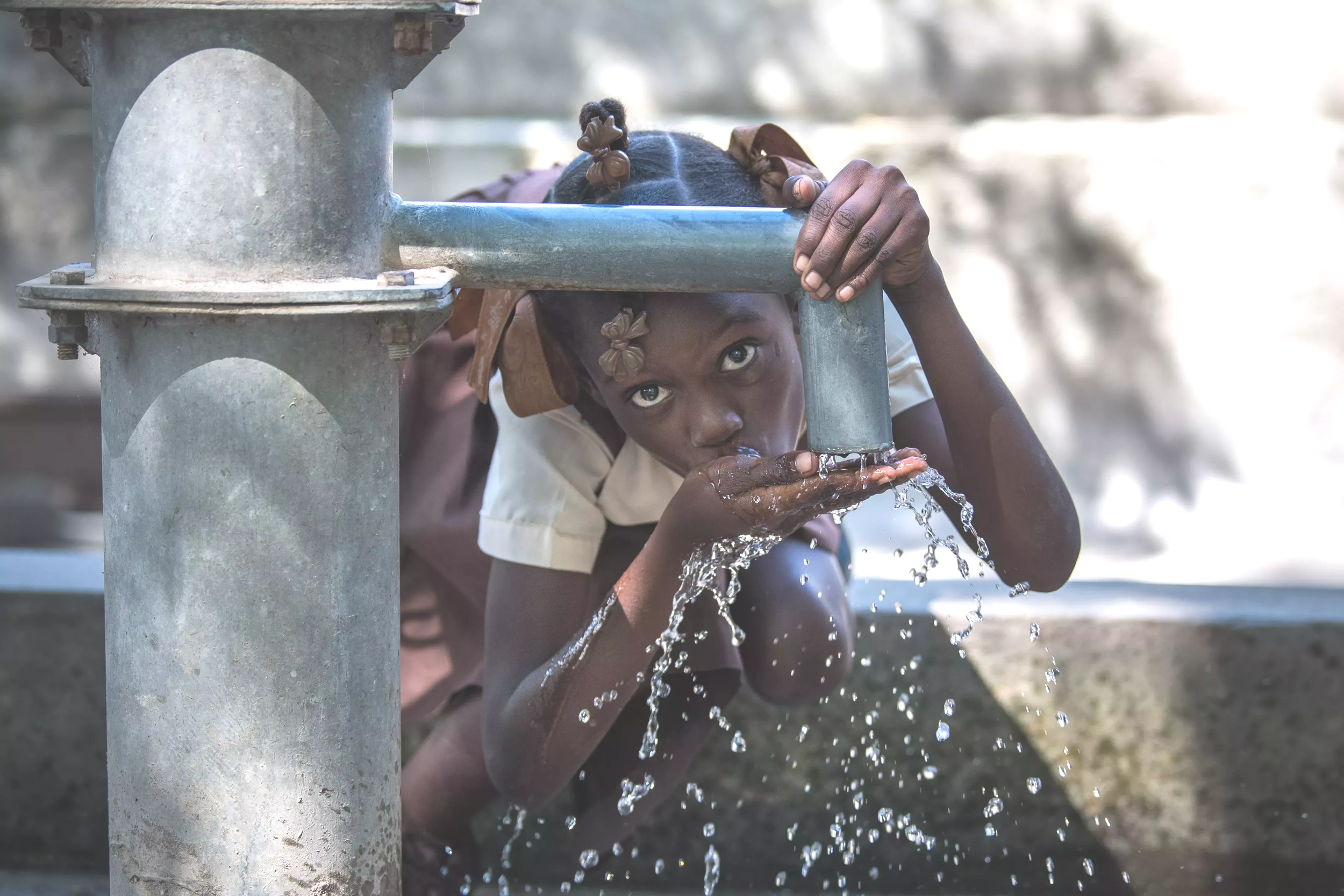
In the aftermath of floods, hurricanes, and other natural disasters, the urgent need for clean drinking water and safe food becomes a top priority, especially for journalists, humanitarian workers, and emergency responders operating in the field. Following up on yesterday’s post about flood hazards, this discussion delves deeper into critical strategies for ensuring safety and health in compromised environments. Contaminated water supplies and broken infrastructure pose immense threats, making it vital to know how to find and purify water while also preparing safe meals.
Knowledge is power, and in disaster zones, it can be a matter of life and death. Knowing where to source clean water, how to effectively purify it, and best food preparation practices can help you navigate the challenges that arise in the wake of such devastating events. By equipping yourself with essential survival strategies and adhering to hygiene best practices, you can not only protect your health but also maintain operational readiness while covering crucial stories in the aftermath of a storm.
Following up on yesterday’s post: understanding flood hazards for journalists
In the wake of natural disasters like floods and hurricanes, journalists face unique challenges that extend beyond just reporting the news. Understanding flood hazards becomes imperative for maintaining personal safety and ensuring effective coverage. Floodwaters can carry pollutants, chemicals, and pathogens that pose serious health risks. As journalists work in these environments, they must recognize that the danger isn't only in the floodwaters themselves; contaminated drinking water and compromised food supplies heighten the risks of illness and dehydration. Failing to grasp these hazards can hinder their ability to report effectively, making the understanding of flood impacts a crucial element of their responsibilities.
Moreover, journalists must be equipped with the knowledge and tools to navigate these hazardous conditions. Accessing safe water and food can be a daunting task, especially in areas with broken infrastructure and limited resources. It is essential for journalists to stay informed about local conditions and to follow guidelines set by humanitarian organizations and local responders. By prioritizing personal safety and preparedness in contaminated environments, journalists can ensure their well-being while focusing on delivering accurate, timely news coverage. This proactive approach not only protects themselves but also fosters a culture of safety within the field, supporting the mission of responsible journalism in crisis scenarios.
Finding clean water in compromised environments: essential strategies for safety
In the aftermath of a storm, accessing clean drinking water is a critical concern, particularly in compromised environments. Journalists and humanitarian workers must prioritize safety by assessing all water sources carefully. Surface water, such as rivers and streams, often carries contaminants like sewage, fuel, or chemicals due to flooding. Instead, look for opportunities to collect rainwater, which can be stored in clean containers. When possible, opt for sealed commercial water bottles and thoroughly check for any signs of tampering. Engaging with local aid agencies or responders can also help identify verified potable water sources in the area, providing a safer alternative.
Once you’ve pinpointed a potential water source, it’s essential to purify it before use. Various purification methods exist, each with its strengths and weaknesses. Employ filtration systems like the Sawyer MINI or select series filters to eliminate bacteria and protozoa, but remember these methods might not address viruses. Chemical treatments, such as chlorine dioxide tablets, can further ensure safety, and boiling can effectively kill harmful pathogens present in water. The ideal approach combines multiple purification strategies to mitigate risks thoroughly. Always prepare to filter or treat water to safeguard against health threats and ensure hydration while conducting your vital work in the field.
Preparing safe food after the storm: best practices for health and hygiene
In contaminated environments, ensuring food safety is paramount to prevent illness. Begin by washing your hands with purified water before handling any food items. This simple act can drastically reduce the risk of foodborne diseases. Use disinfectant wipes or soap along with filtered water to clean utensils, pots, and cooking surfaces. When it comes to the food itself, avoid raw or unpeeled items, as these can harbor pathogens. Opt for sealed or canned foods whenever possible, and ensure that any items exposed to floodwaters are discarded. Cooking food to proper internal temperatures is essential; heat effectively kills bacteria and parasites that may be lurking.
When you're in the field, prioritize convenience and hygiene in your food preparation methods. Carry compact cooking systems, like the Jetboil Flash or MSR PocketRocket, that enable quick and efficient boiling of water and rehydration of freeze-dried meals. These systems not only simplify meal preparation but also help minimize your exposure to local contamination. Always double-check the integrity of your cooking equipment and food packaging before use. Establishing best practices for food safety can make all the difference in protecting your health and staying operational in challenging environments after a storm.
